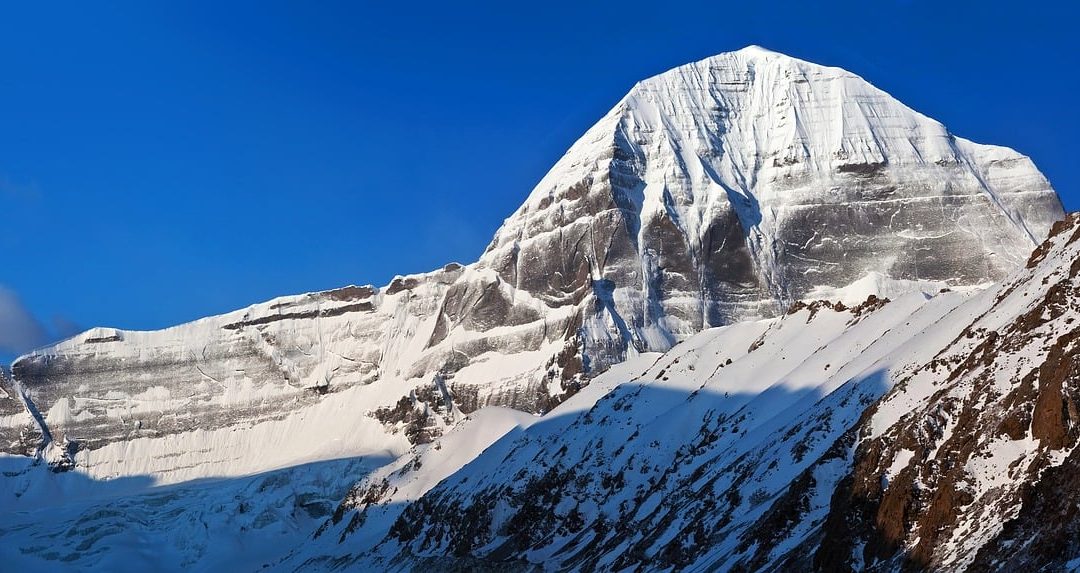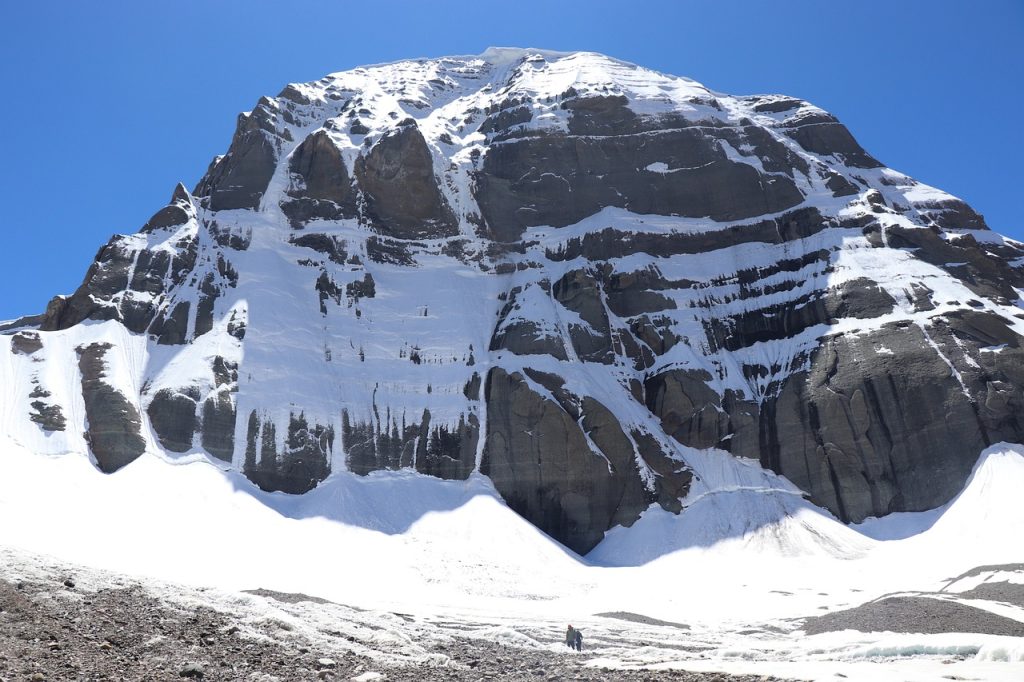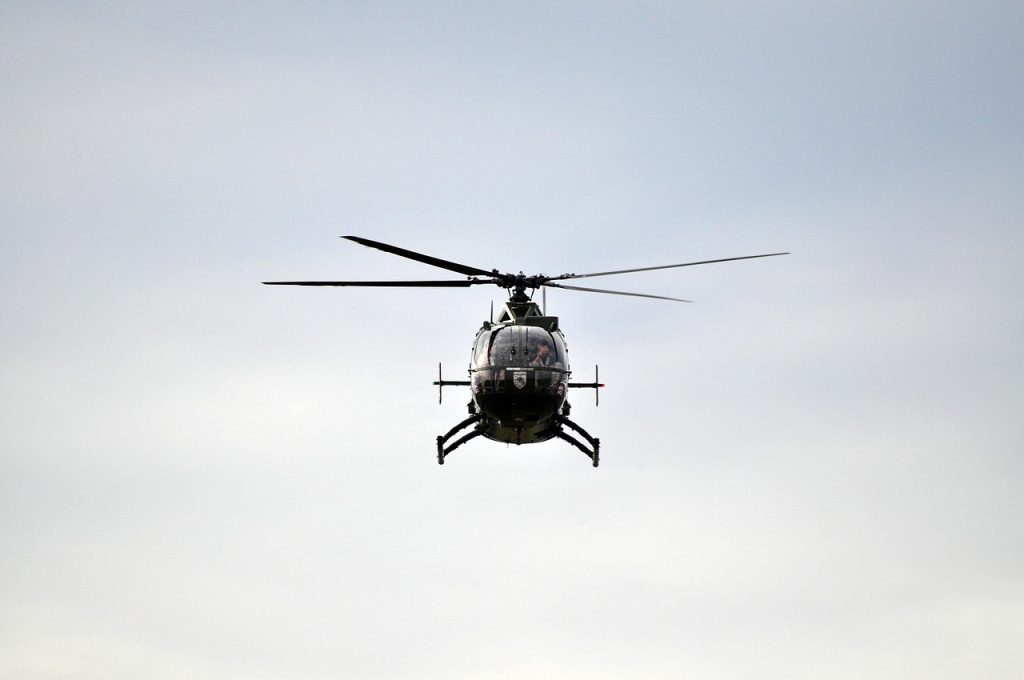Kailash Mansarovar Yatra Routes From Nepal

Table of Contents
Introduction:
Kailash Mansarovar Yatra is regarded as one of the most important and cherished religious journeys for Hindus, Buddhists, Jains, and Bon followers. Mount Kailash is nestled within the Himalayas and is believed to be the divine home of Lord Shiva. Further, it is surrounded by the Mansarovar Lake, which has a huge spiritual significance. Thousands of pilgrims take on this tough trek every year, driven by their devotion and the desire to find unmatched peace and divinity in this sacred place.
Kailash Mansarovar, which is located in Tibet, is easy to access from Nepal routes. Many tour operators of Nepal are providing the Kailash Mansarovar Yatra Package with facilities of logistics, permits, food, accommodation, guide, porter etc. For these reasons, Nepal acts as one of the most important gateways for this soul-soothing Yatra, as it provides several routes for pilgrims and trekkers across all levels. This article helps you through the alternative routes that can be taken from Nepal.
Historical Context

The history of Kailash is rich and dates back thousands of years. The sacred journey has been undertaken by pilgrims from India and Nepal for years now as they battle with harsh lifestyles and weather conditions to reach Mount Kailash and Lake Mansarovar. These landmarks have been described in ancient texts like the Puran, Ved and have always been the epicenter of spiritual power.
The yatra has great cultural and religious significance to Hindus, Buddhists, Jains, and followers of the Bon religion. For Hindus, Mount Kailash is regarded as the abode of Lord Shiva and Parvati, whereas for the Buddhists, it is considered a symbol of universal order. Jains consider it the place where their first Tirthankara received his release, and Bon followers regard it as their center of spirituality. Thus, this pilgrimage is more than a journey; it is a quest that connects faithful devotees with their beliefs as well as traditions.
Key Nepal Entry Points
Nepal is a key starting point for the Yatra’s Kailash Mansarovar part of the trek since it provides logistic access that is more favorable to all pilgrims.
The capital of Nepal is also the center of the yatra. Subsequently, it is from Kathmandu that such travelers first embark on this journey and where all necessary preparations, including relevant paperwork, are processed to start this journey of the spirit. Other services, such as flights and permits, also have swift procurement from there.
Western Nepal also has a significant transit hub known as Nepalgunj. From there, a good number of pilgrims travel overland or by air to Nepalgunj because of the interlinks available, making it easier and quicker for them to travel. The town is very popular for being a great connecting place.
Remote Simikot is a town located in the Himalayan area, serving as the initial point for both overland and helicopter routes. From Simikot, pilgrims either take a short helicopter ride to keep traveling onward or begin their trek toward Mount Kailash. This small town serves as a gateway to the breathtaking and spiritual landscapes of the Yatra.
Route 1: Simikot-Hilsa (Flight/Helicopter):

The Simikot-Hilsa site is a common pick for pilgrims visiting Kailash Mansarovar. This route is preceded by a flight from Kathmandu to Nepalgunj, then a short layover flight to Simikot. From Simikot, travelers can choose to trek Hilsa’s path or fly with a helicopter, depending on their preference and physical fitness. Upon reaching Hilsa, a short walk takes one to the border of Tibet, from where the Yatra proceeds deep into the Tibetan plateau.
This route is particularly convenient due to the beauty associated with its trekking or flying. The flight from Simikot to the trekking starts offers breathtaking mountain views which include the Himalayas and magical valleys as well. Another factor to consider is the relatively shorter distance one walks and therefore, this route serves best for anyone whose idea of comfort is in mixed trekking and flying.
At the same time, though, one must consider these challenges. The height might be a problem for some travelers, causing them to have issues with proudly proclaiming the west as shoulder acclimatization, which does need some level of prep work. Moreover, flights coming in and going out of Simikot tend to follow the outlook of the weather, creating a possible problem with delays. Despite the challenges, the route offers calmness, natural beauty, and striking contrasts.
Route 2: Kerung Border (Overland):

An additional traversable path to reach Kailash Mansarovar is through the Kerung Border overland route. The journey begins by boarding a vehicle in Kathmandu, from where they mechanically shift towards the Kerung Border nestled between Nepal and Tibet. After crossing the border, the route continues through Tibet on well-paved roads for the most part. Breathtaking and unforgiving terrains mark the traveler’s journey as they strive to reach the Kailash region.
This route is relatively better in comfort owing to the reduced amount of trekking, with an increase in road travel instead. View appreciation is a frequently encountered theme in this route, as a number of pilgrims easily access vehicles sans the prerequisite of walking vast distances. Regardless, this road does have its downsides as well. The overall travel time in Tibet spans much longer. For example, several hours of road time is required per day, which is less than ideal. In addition, some sand belt locations along the journey are particularly susceptible to landslides during the rainy season, which is prone to causing delays.
The journey is physically easier than most other routes, which becomes a plus for some people. No matter what the argument is, the scenic view of Tibet is unparalleled, even with the documented hurdles of the journey.
Route 3: Direct flight To Lhasa:

The easiest and fastest means of implementing your Kailash Mansarovar Yatra is by direct flight to Lhasa. Pilgrims fly directly to the city of Tibet, Lhasa, by a direct flight from Kathmandu. Pilgrims then head to the Kailash location by road or by any other means of transport. It saves time and is without lengthy walking or many transit points.
The primary benefit of this route is that it is easily accessible. The direct flight makes it easy for pilgrims by having a shorter travel time and less physical hardship. It is appropriate for those who prefer a comfortable and fast means of starting their spiritual journey.
There are disadvantages, though. They miss the scenic beauty and cultural experience of other overland paths by flying directly to Lhasa. It can also be problematic to the acclimatized traveler and would require precautionary measures to avoid altitude sickness. Despite these disadvantages, this journey is perfect for those placing value on convenience and time.
Permits and Visa Requirements (for all routes):
A special permit and visa are needed to visit Kailash Mansarovar as the location is in Tibet, which is under Chinese administration. Below is an overview of the requisite papers and procedure:
Tibet Travel Permit:
This is the single most important document needed to travel to Tibet. The Tibet Tourism Bureau issues it, and it is mandatory for every foreign traveler. Without it, you are unable to visit Tibet.
Alien Travel Permit:
If you are going to places beyond Lhasa, such as Kailash or Mansarovar, you will need this permit. Your travel agency arranges it after reaching Tibet.
Military Permit:
For destinations near the borders, e.g. Kailash Mansarovar, a military permit may be needed. This too will be organized by your travel agency.
Chinese Visa:
You’ll need a Chinese Visa that you’ll need to acquire through the Chinese Embassy or Consulate in your own country. It’s a straightforward application, although, for pilgrim purposes, the Chinese Government requests that you get it through a licensed travel agency. Your travel agency will get all of the paperwork and complete the application for the visa on your behalf. If you enter Tibet from China, then you don’t need to obtain the Tibet Group Visa.
Group Visa (for Nepal Entry Routes)
When visiting Tibet through Nepal, you will need a Group Visa arranged in Kathmandu. It is a one-entry visa and will be valid for your Yatra duration. Your Nepali tour operator will arrange it.
Note: It is advisable to get in touch with a reliable traveling agency as it will complete most of the paperwork for these permits. Book in advance as permit and visa arrangements will take a couple of weeks. Having all the preparations ready in advance will make your spiritual pilgrimage smooth and hassle-free. For Indian Citizen Kailash Yatra is still not open. For more details check here: Is Kailash Mansarovar Yatra Open for Indian Citizens?
Essential Preparations: How To Prepare for Kailash Mansarovar Yatra
One must thoroughly prepare for the Kailash Mansarovar Yatra in order to have a secure and enriching travel experience. You should pay attention to the following important points before embarking on this challenging Kailash Mansarovar Yatra journey.
Physical Fitness and Training
To undertake the Yatra trekking through demanding mountain surroundings, you must be physically prepared. Begin your fitness journey several months ahead by performing walking exercises along with jogging and staircase climbing in addition to yoga and breathing routines. Your objective should be to develop your strength capabilities while building endurance. Your body will adjust better to altitude environments through the practice of yoga or breathing exercises.
Altitude Sickness Prevention
Visitors to the Yatra face a medical risk because the destination region exists at a high altitude. Getting used to altitude by staying at a moderate height for a couple of days is a crucial step for lowering the risk; for protection from altitude sickness, drink ample water while limiting alcohol intake and choosing small portions of food. Consult a doctor before using the prescribed medication Diamox (acetazolamide), which you should bring on your journey.
Packing List
Packing wisely is essential for a comfortable trip. Here’s what you’ll need:
- Clothing: Warm layers, thermal wear, a waterproof jacket, gloves, woolen cap, and sturdy trekking shoes. Bring light and breathable clothes for lower altitudes.
- Gear: A good-quality backpack, sunglasses, sunscreen, and a reusable water bottle. Trekking poles and a sleeping bag can also come in handy.
- Medicines: Basic first-aid kit, medicines for headaches, nausea, colds, and pain relief. Don’t forget altitude sickness medication and any personal prescriptions.
- Other Essentials: Snacks, energy bars, toiletries, wet wipes, and a flashlight with extra batteries. Carry cash in small denominations, as ATMs may not be available in remote areas.
Read more: How To Plan Kailash Mansarovar Yatra: Complete Guidebook
Choosing the Right Route: Which one is Best For You
The appropriate route choice for your Kailash Mansarovar Yatra depends on what you prefer together with your financial capacity and physical capabilities. Several important considerations can assist you in making your decision, as described below:
Factors to Consider
Budget: Overland routes via Kerung Border tend to be more affordable, while the direct flight to Lhasa and Via Simikot Hilsa is usually costlier due to air travel expenses.
- Time Constraints: The quickest way to enter Tibet passes through Lhasa directly when time is a limiting factor. Traveling by land throughout Tibet takes more time yet delivers breathtaking views to visitors.
- Physical Ability: Those who seek comfortable travel methods among pilgrims should select the Kerung Border or Lhasa routes since they provide less demanding physical experiences. Anyone seeking to visit Simikot-Hilsa must prepare for trekking since it requires physical fitness and preparedness for this challenge.
- Risk Tolerance: Altitude Sickness Combined with Flight Delays and Complications from Impaired Road Conditions When Traveling to Different Areas. The journey from Lhasa represents the most reliable route choice for risk reduction.
Comparison Table of Routes
| Route | Best For |
| Simikot-Hilsa | Adventure lovers and physically fit travelers who enjoy trekking. Those who seek luxury can choose this route. |
| Kerung Border | Comparatively more comfortable travel. This route is best for Budget-conscious travelers. |
| Direct Flight to Lhasa | Quickest and most convenient route. This route is best for those who want to avoid road transportation and want to start the Kailash journey directly from Tibet. |
How To Apply For Kailash Mansarovar Yatra
To apply for the Kailash Mansarovar Yatra from Nepal is an easy process. First of all, you need to select the package and route, and check the cost. Read the itinerary details carefully, including what is included and excluded in the tour package. After that, you need to make an advance payment of 25% of the total cost for reservation. If you have any confusion, contact us here:
- Email: info@highrouteadventure.com
- Contact: +977-9851058664(Phone/Whatsapp)
Final Say
No matter which route you prefer to choose to visit the Kailash Mansarovar Yatra, these pilgrimages must be done once in your lifetime. This amazing journey helps you to enjoy the beautiful Tibetan landscape and get the Darshan of Kailash. Completing the Kailash Kora in this sacred divine place can transform your spiritual life and guide you towards attaining Moksha. So don’t miss the opportunity to visit this holy pilgrimage site and book now with us to guarantee your seat. High Route Adventure will guide you in every step of this challenging journey so that you can have lasting memories and a renewed sense of purpose.
Realted Blogs:
Posted on








